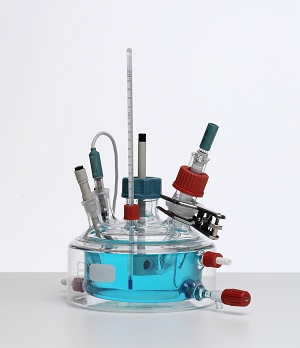Testing Services

For a sample document,quotation,or more information pleasecontact us.

Offering the fastest turn-around times in the industry. Learn more aboutour services.

Gain industry tips and requirements from our team of experts.How We Work.
UN 38.3 Testing

Nearly all lithium batteries are required to pass section 38.3 of the UN Manual of Tests and Criteria, to ensure the safety of lithium batteries during shipping. UN/DOT 38.3 Transportation Testing for Lithium Batteries 5th edition was issued in 2009, with Amendment 1 in 2011.
It includes eight sections:
1, Altitude Simulation
This is low pressure testing that simulates unpressurized airplane space (cargo area) at 15,000 meter altitude. After storing batteries at 11.6kPa for >6 hours, these criteria shall be met: no mass loss, leaking, venting, disassembly, rupture or fire, and voltage within 10% of pre-test voltage.
2, Thermal Test
This test covers changes in temperature extremes from -40°C to +75°C. Batteries are stored for 6 hours at -40°C (12 hours for large cells/batteries), then 6 hours at +75°C (12 hours for large cells/batteries), for a total of 10 cycles. Testing may be performed in a single chamber or thermal shock chamber, but less than 30 minute transitions shall be used. Same pass criteria as 1.
3, Vibration
This test simulates vibration during transportation. Test is a Sine Sweep: 7Hz – 200Hz – 7Hz in 15 Minutes; 12 Sweeps (3 hours); 3 mutually perpendicular axes. Same pass criteria as 1.
4, Shock
This test also simulates vibration during transportation. Test is a Half-Sine pulse: 150G/6ms for small cells/batteries; 50G/11ms for large cells/batteries; 3 pulses per direction; 6 directions (+/-z, +/-x, +/-y). Same pass criteria as 1.
5, External Short Circuit
This test simulates an external short to the terminals of the cell or battery. At temperature of +55°C, apply short circuit (<0.1ohm) across terminals. Maintain at least an hour after sample temperature returns to +55 +/-2°C. Pass criteria are: Case temperature does not exceed +170°C and no disassembly, rupture, or fire within 6 hours of test. Fuse, current limiting circuit, and venting mechanism activation are allowable.
6, Impact
This test is only applicable to primary and secondary cells. For cylindrical cells >20mm diameter, it simulates impact to case of cell. For cylindrical cells <20mm diameter and all other cell constructions, it simulates crushing of a cell. Pass criteria for any type is: Case temperature does not exceed +170°C & no disassembly or fire within 6 hours of test.
7, Overcharge
This test is for secondary or rechargeable batteries only. It simulates an overcharge condition on a rechargeable battery: 2x the manufacturer’s recommended charge current for 24 hours. Then battery shall be monitored for 7 days for fire or disassembly.
8, Forced Discharge
This testing simulates a forced discharge condition for primary and secondary cells only. Same pass criteria as 7.
To learn more, visit our page on how we work, or contact for more on our MSDS authoring services.